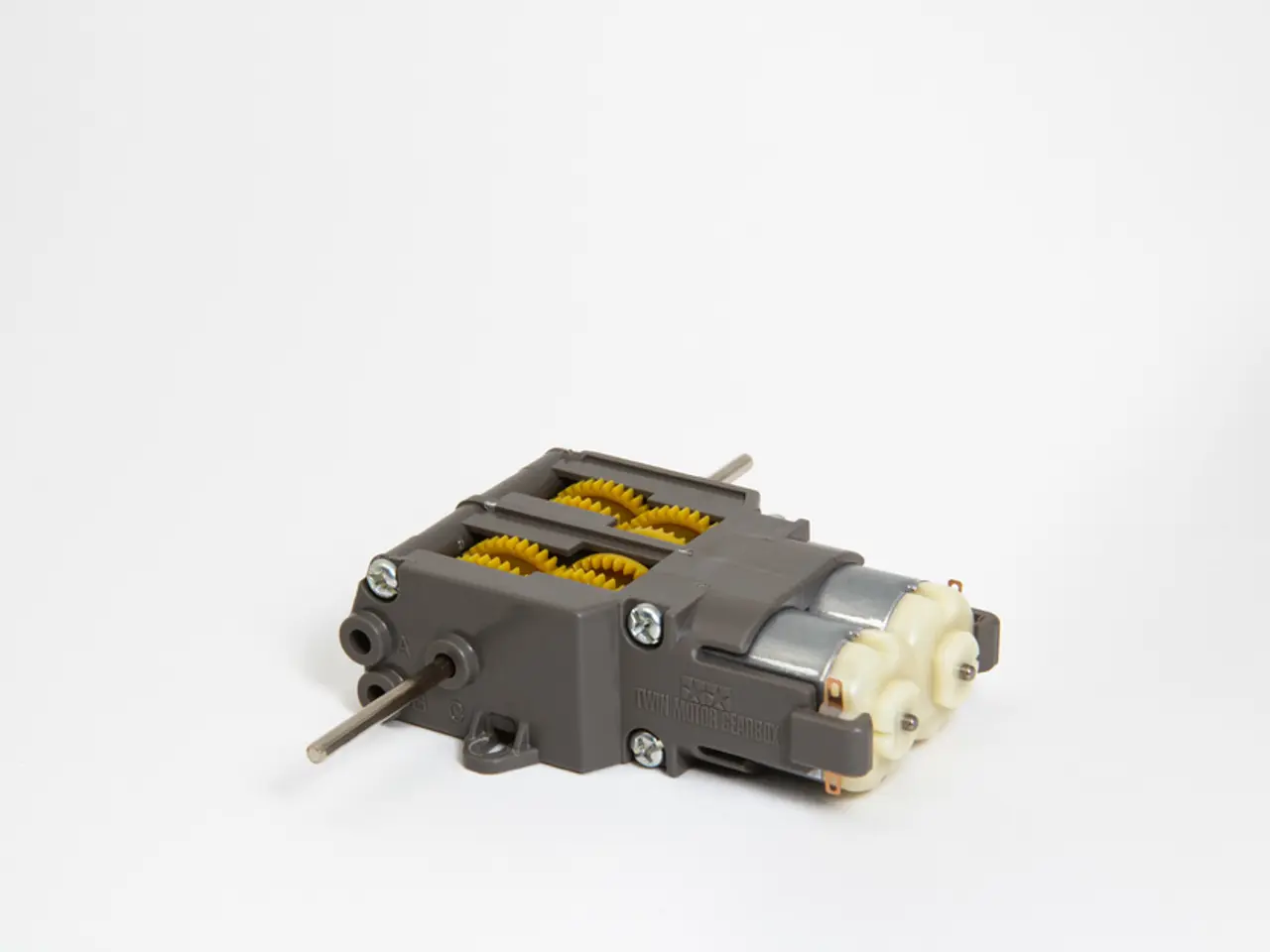Moving Beyond Traditional Winding Lines with the Aid of AI-Led CAD Systems and PCB Stators in Manufacturing?
Revolutionizing Electric Motor Design with ECM PrintStator
ECM PCB Stator Tech's innovative PrintStator platform is transforming the electric motor industry by leveraging AI-driven machine-learning algorithms to optimize motor geometry and accelerate the design-to-production cycle.
The latest version of the software, PrintStator v8.3, can perform electromagnetic simulations in under 2 seconds and generate complete motor models within moments. This rapid pace enables engineers to iterate designs quickly and validate them in near real-time.
A significant innovation of the PrintStator platform is the use of PCB stators instead of traditional wound copper coils. This change eliminates the need for winding lines and specialized coil machinery, making production simpler and more localized. PCB stators are flat printed-circuit-board structures that can be fabricated at any global PCB manufacturing facility, enabling reshoring and on-site assembly.
ECM's PCB stator technology offers several benefits:
- Reduced electromagnetic interference (EMI): By using sinusoidally wound stators, sinusoidal back-EMF, and eliminating iron cores, ECM’s motors generate significantly lower EMI and acoustic noise. This cleaner electromagnetic environment is vital for high-precision and noise-sensitive applications like robotics, aerospace, and underwater vehicles.
- Faster prototyping and scalability: The PrintStator platform directly generates CAD- and CAM-ready files, allowing concept-to-machined parts turnaround in a few hours. This integration of AI design and manufacturing automation enables faster innovation and market responsiveness.
ECM is also developing an AI-powered motor design assistant to guide engineers through the development process with intelligent suggestions. The goal is to help partners break free from the limitations of traditional motor design and create the most efficient, flexible, and scalable electric machines in the world.
With PrintStator, what once took months and a team of motor engineers can now be done in hours. Every prototype made with the system makes it smarter for the next project, as the platform learns from real-world performance data to improve its predictive fidelity and refine optimization paths.
The PrintStator platform is especially powerful in sectors where motors are central to performance, such as HVAC, robotics, mobility, and aerospace. The SaaS platform facilitates vertical integration of motor production from CAD to prototype to production, giving partners more control over their supply chains.
In conclusion, ECM PrintStator combines AI-accelerated design, innovative PCB stator manufacturing, and reduced EMI characteristics to transform electric motor production. It makes it faster, more flexible, quieter, and better suited for the next generation of precision applications while enabling global and localized manufacturing.
- The innovation in electric motor industry by ECM PCB Stator Tech, with the PrintStator platform, is utilizing AI-driven algorithms to optimize motor geometry and accelerate production, leveraging technology such as data-and-cloud-computing and artificial-intelligence.
- The use of PCB stators instead of traditional wound copper coils in ECM's motors, initiated by the PrintStator platform, simplifies production by eliminating the need for winding lines and specialized coil machinery, and makes it possible for production to occur at any global PCB manufacturing facility, including finance aspects like reshoring and on-site assembly.
- With the PrintStator platform, electric motor design in various industries such as HVAC, robotics, mobility, and aerospace can benefit from reduced electromagnetic interference (EMI) and acoustic noise, making motors cleaner and quieter, along with faster prototyping and scalability, thanks to AI design and manufacturing automation.




